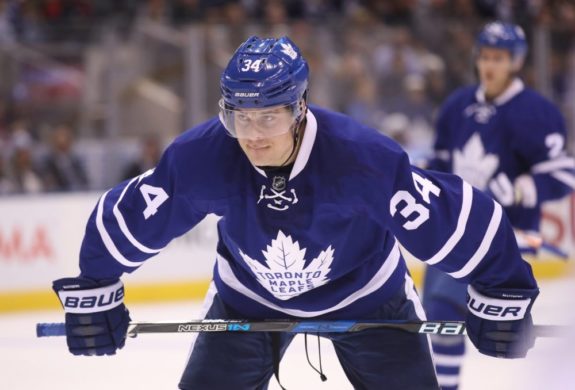Though they weigh a mere 2.7 grams and their radius is only 20mm, a ping pong ball’s influence in the NHL draft lottery is enormous.
The series of four numbered balls that are drawn correspond to only one team, giving that team the first, second or third overall selections in the 2017 NHL Entry Draft.
Devils Get Lucky
This year, the New Jersey Devils catapulted from the fifth seed to nab the first overall pick, the Philadelphia Flyers vaulted from the 13th seed to grab the second overall pick, and the Dallas Stars jumped from the eighth seed to capture the third overall pick.
This was the fifth time in the past six years that the team with the best odds at winning the lottery failed to get the top pick. Colorado, in the league basement by a whopping 21 points, had an 18% chance at the number one overall pick but will instead choose fourth.
Did That Really Happen?
While the ping pong ball draw was fair from a legal standpoint, the results left everyone speechless. Lotteries are a game of chance, and there is only one winner of the ultimate prize. It almost seemed cruel that the Avalanche, a floundering franchise didn’t win.
A Flawed System
For just the second time in NHL draft history, each team that did not make the playoffs had a chance at the top three spots. In 2016, rules changed to deter teams from actively tanking; trying to lose in an attempt to increase their odds of landing a better pick. The result is that the almost-playoff teams receive slightly greater odds at the expense of the bottom-feeders.
It begs the question: did the league over-correct for the tanking mentality? By opening the top three positions to all fourteen teams, even though they’re weighted, go too far?
In 2014, the odds of winning the first overall selection were changed to induce competitive balance in the league. The ten highest-finishing non-playoff teams received higher (better) draft lottery odds than they received previously. The four lowest-finishing teams received lower (worse) odds.
In 2016, lottery rules changed to assign the top three drafting slots in the NHL Draft. The new rules are hurting the very objective the lottery is supposed to help.
While it does disincentivize teams from tanking, it seems overly detrimental to those teams that finished in the bottom of the league standings. Teams that go through a poor season, only to end up taking an even larger hit by drafting lower than they should have. In a sense, it punishes them for being bad.

Even in a draft with two generational players like Connor McDavid and Jack Eichel or Auston Matthews and Patrik Laine, teams with the worst record can easily miss out on a ticket to helping turn around its franchise. If Bettman and the league want to encourage parity, they need to assign even greater odds to teams in the standing’s basement.
Devils Response
While some consider it luck to snag the coveted first overall pick, Taylor Hall of the New Jersey Devils knew it was going to happen. It marked the third time in seven seasons his team has won the top pick. Selected first overall by Edmonton in the 2010 NHL Draft, he was a part of the Oilers for six seasons, as the team won the Draft Lottery in both 2012 and 2015, picking first three times.
Officially adding “NHL lottery ball specialist” to my hockey resume.
— Taylor Hall (@hallsy09) April 30, 2017
The Devils wasted no time sharing their excitement on social media:
Just kidding my day got even better. The @NJDevils won the #NHLDraftLottery and will select 1st in this year’s #NHLDraft! pic.twitter.com/U07Ldn4lJo
— NJ Devil (@NJDevil00) April 30, 2017
Wondering “What If”
All other things being equal, here’s a look at how the past five NHL drafts would have played out had they ended up like this year. It’s remarkable how the entire landscape of the NHL would have changed.
It’s hard to imagine the topic of addressing lottery odds not coming up at the next general managers meeting.